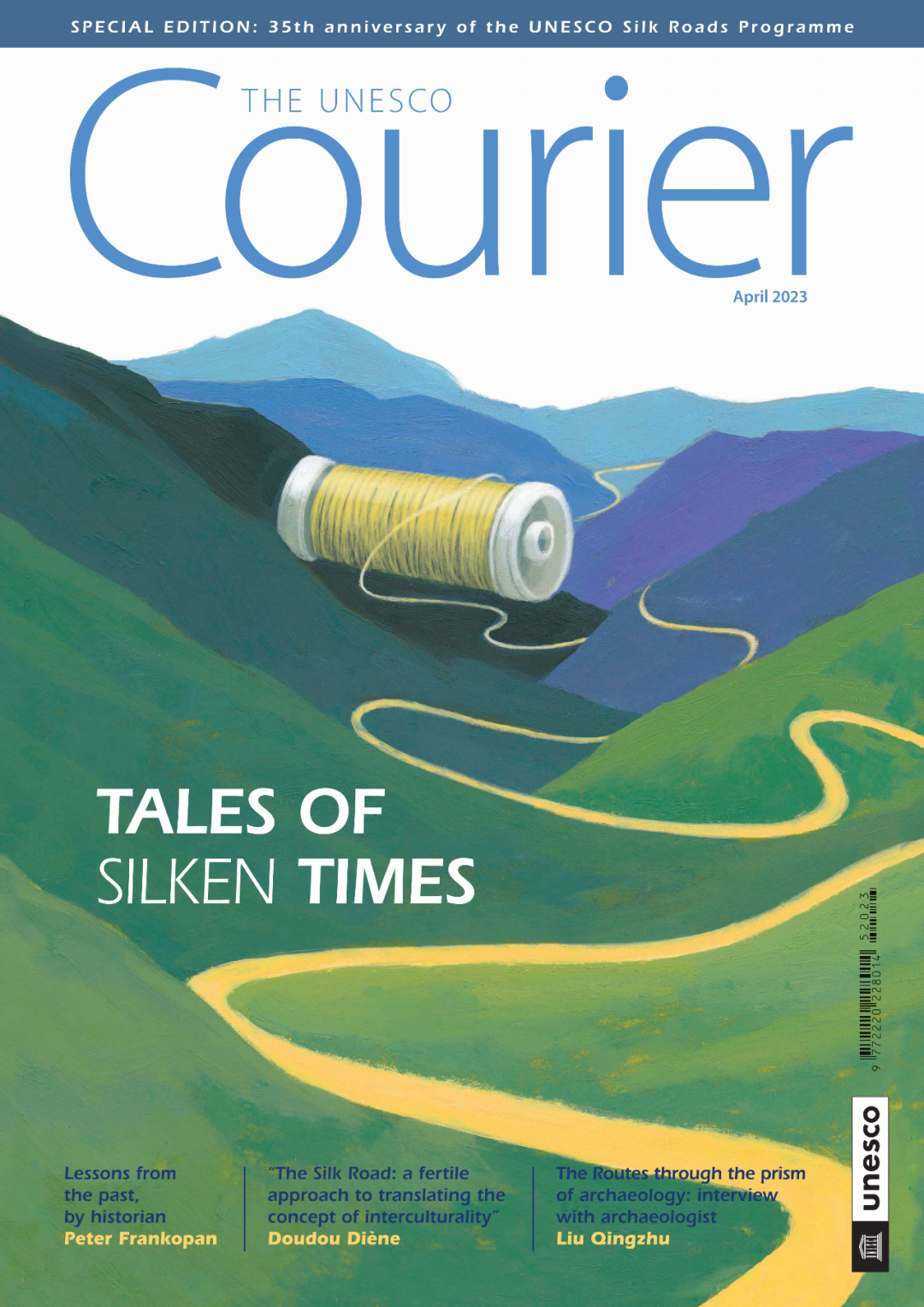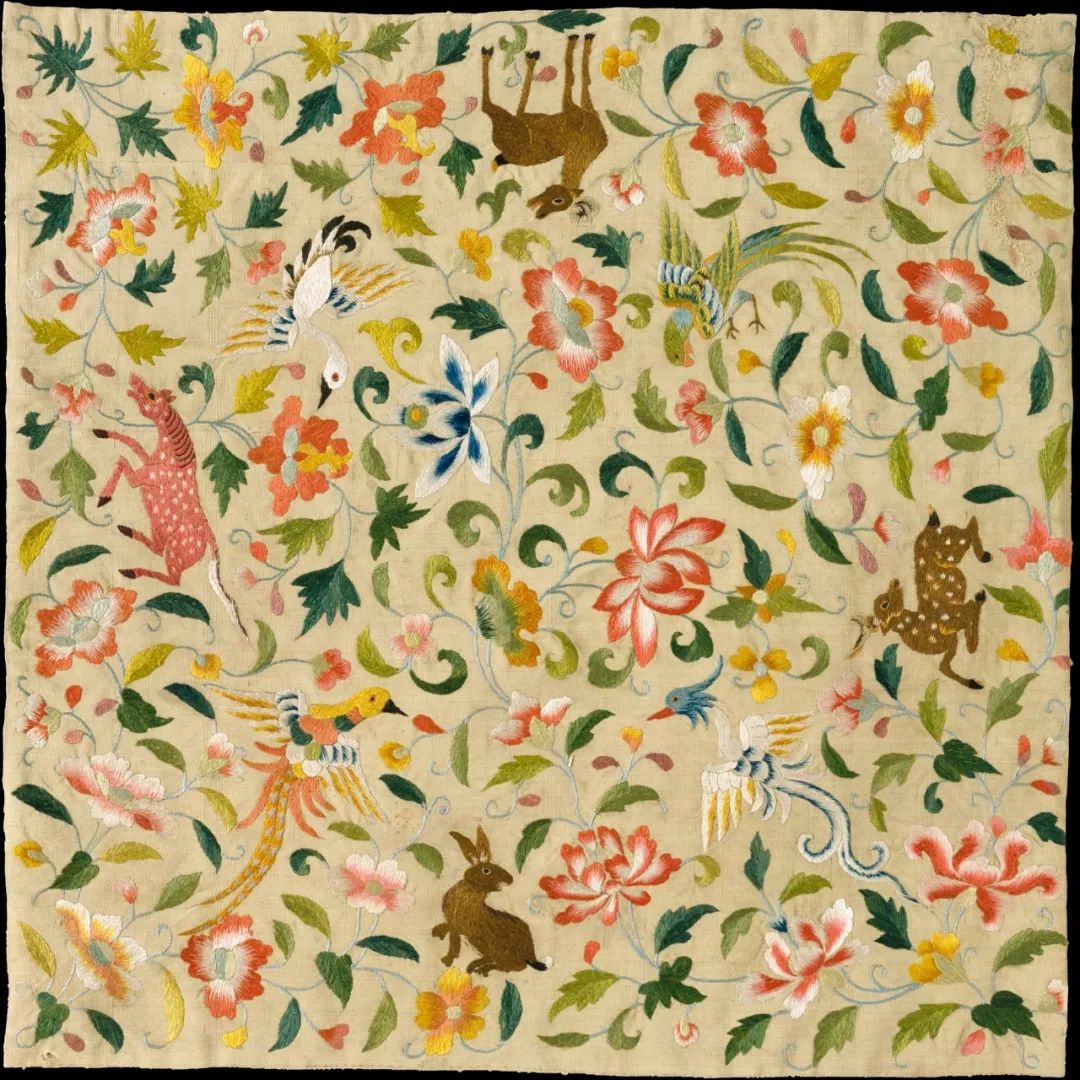
Many stories tell of the exchanges between ancient China and other countries along the “Silk Road” which wound across the deserts of central Asia. Little is known, however, of the seafaring exploits which also made such commercial and intellectual exchanges possible for over 2,000 years.
Rinnie Tang
Ethnologist at the Musée de l'Homme, Paris,
she was responsible for the organization of an exhibition on Chinese cave paintings held in Paris in 1983.
Pierre Colombel
Specialist in cave paintings at the Centre National de la Recherche Scientifique;
he is at present attached to the Musée de l'Homme, Paris.
Ancient annals describe how at the time of the eastern Zhou (770-256 BC) the Qi kingdom possessed many ships that plied through the Yellow Sea. Under the western Han dynasty (206 BC-24 AD) sea-borne trade became an official State activity, and Canton became a major port from which Chinese ships regularly sailed to trade with what is now Viet Nam, Malaysia, Sumatra, India and the Middle East. The return journey along this route took four years.
"The Tang dynasty (618–907) was a time of great expansion in shipbuilding and maritime trade"
The Tang dynasty (618–907) was a time of great expansion in shipbuilding and maritime trade. There were two major sea routes, one leading eastwards, the other to the west:
• ships sailed from Dengzhou on the Shandong peninsula across the Yellow Sea to Korea and from there to Japan;
• from Canton a route led across the South China Sea to the Malay archipelago and Sumatra, a major place of call for Chinese traders. Continuing their voyage across the Gulf of Bengal, Chinese vessels sailed to India and then on to the Gulf where they traded with the Arabs before embarking on the return journey during which they took on passengers and cargoes at the different ports of call.
The outbreak of armed conflict on the northern frontiers caused the Tang to impose strict controls on exported goods, especially iron objects – it was feared that the nomad warriors would transformthem into weapons – and silk, which was used as currency to obtain horses from the people of the steppes. At the same time the Government accorded privileged treatment to foreign traders who reached China by sea from the south; they were protected and exempted from certain forms of taxation.
In the fields of intellectual exchange, accounts have come down to us of Buddhist monks from India, Persia and other regions of central Asia who risked the perilous journey across the desert to spread their faith in China, just as Chinese monks took the same route in the opposite direction, as they travelled to India in quest of Sutras, or sacred Buddhist scriptures.
Light has been shed on the penetration of Buddhism into China by sea during the eastern Han Dynasty (25-220 AD) by the remarkable rock carvings which have recently been identified on Mount Kongwang, near the port of Lianyungan in Jiangsu province.
In 399 the famous monk Faxian, accompanied by three other Chinese Buddhist monks, left Changan for India in search of Sutras. Their journey took eleven years. They followed the Silk Road, and travelled through some thirty countries before returning to China across the southern sea and landing at Canton.
Later Faxian settled at Nankin where he translated the Sutras he had brought back with him and wrote an account of his journey to the countries of the Buddhas. One of his travelling companions, the monk Zhi-Yan, set out at an advanced age on a sea voyage to India and died on the return journey.
In the sixth century Bodhidharma, an Indian monk who founded “Chen” Buddhism in China took the same route and also landed at Canton. “Chen”, which became the school of Buddhism most highly esteemed by cultured Chinese, reached Japan in the twelfth century and took the name by which it is better known in the west, “Zen Buddhism”. The memory of this great spiritual master who came from the sea is symbolically perpetuated by Chinese painters who depict him crossing the waves on the stem of a reed.
(This article was originally published in The UNESCO Courier in June 1984.)

Silk, a living heritage
Deeply rooted in the traditions of the Great Silk Road, sericulture and traditional production of silk for weaving (Afghanistan, Azerbaijan, the Islamic Republic of Iran, Türkiye, Tajikistan, Turkmenistan and Uzbekistan) were inscribed on the UNESCO Representative List of the Intangible Cultural Heritage in 2022. This secular practice is viewed as a symbol of social cohesion, as the silk trade contributed to the exchange of culture and science within and across the countries concerned.
Other living traditions inscribed on the UNESCO Representative List include sericulture and silk craftsmanship of China, inscribed on the list in 2009. Silk-making encompasses planting mulberry, raising silkworms, unreeling silk, making thread and designing and weaving fabric. Traditionally, women have held this role in the rural regions of Zhejiang, Jiangsu and Sichuan Provinces. In the ponds that dot the villages, silkworm waste is fed to fish, while mud from the ponds fertilizes the mulberry trees, and the leaves in turn feed the silkworms. Yuki-tsumugi is a Japanese silk-weaving technique in which silk floss is produced from empty or deformed silkworm cocoons, otherwise unusable for the production of silk yarn. This technique, inscribed on the Representative List in 2010, is employed to produce pongee silk – a light and warm material with a characteristic stiffness and softness, traditionally used to make kimonos. This recycling process plays a significant role in supporting local sericulture communities.
Traditional art and symbolism of Kelaghayi, making and wearing women’s silk headscarves in Azerbaijan includes fabric weaving, dyeing and woodblock decoration. After weaving, fabrics are boiled and dried to make squareshaped cloths, which are then dyed and decorated using wooden stamps. The colours are often tied to specific social occasions, and each family has its own stylistic features. This traditional art was inscribed on the Representative List of the Intangible Cultural Heritage in 2014.